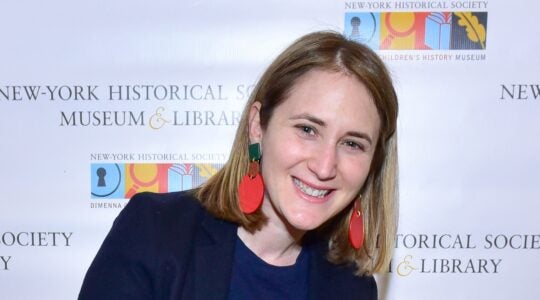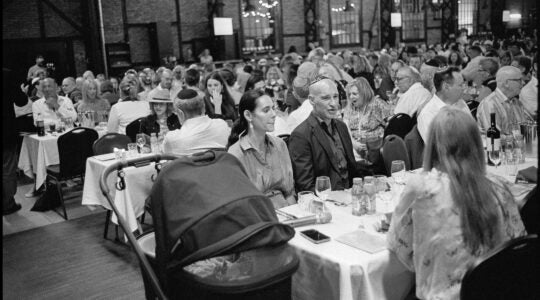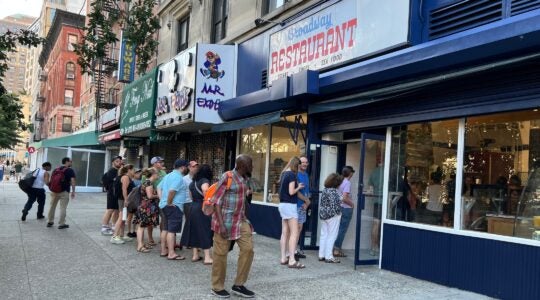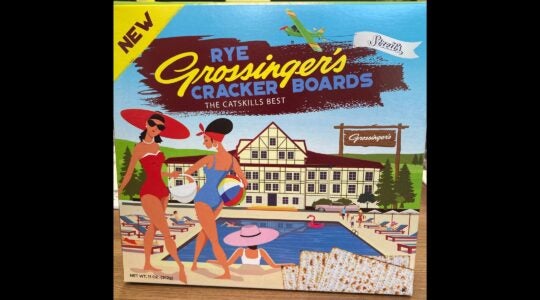There’s no spring quite like a Southern spring — and no better city to bask in magnolia blooms and warm afternoons than Charleston, S.C.
This spring promises to be particularly lively in Charleston, where a host of upcoming events are planned for the sesquicentennial commemoration of the Civil War. It was right here at Fort Sumter that America’s defining conflict broke out, 150 years ago this April.
Few places in America take history as seriously as Charleston, where entire neighborhoods feel charmingly preserved in time, and residents know their historic houses by name. Local antebellum mansions and plantation houses are proudly decked out for the expected wave of history-seeking tourists. Visitors this year will be treated to an array of special museum exhibitions, concerts, and other activities in connection with the sesquicentennial — in addition to Spoleto, the cultural festival that makes Charleston a regular spring draw.
A concert of Civil War-era music, much of it featured in Ken Burns’ popular documentary, will inaugurate the sesquicentennial on the evening of April 11 in White Point Garden, on Charleston’s picturesque southern waterfront. Re-enactments of military events will begin the next morning at historical sites around town, including Ft. Sumter, where the first shot of the war were fired.
A candlelight concert will commemorate those fatal shots at sunrise on April 12 on the Battery, the city’s most romantic street, a seawall promenade shaded by tall oaks. More information about sesquicentennial events is available on the Charleston tourism website (listed below).
So what did Scarlett O’Hara really wear through all that wartime mayhem? All right, Scarlett and her curtain gown are fictional — but you can see what real Southerners wore at the Charleston Museum, where a special exhibit, “Threads of War,” displays clothing and other domestic artifacts of the period in the museum’s new textile gallery.
The Charleston Museum is the first and oldest such institution in the United States, dating to 1773. It is located in the heart of South of Broad, the city’s main historic district, and its collections are delightfully eclectic — from antique weaponry and silver to galleries of ornithology and Egyptian mummies, as well as the permanent exhibition “City Under Siege: Charleston in the Civil War.”
A little ways up Meeting Street from the Charleston Museum is its aesthetic counterpart, the Gibbes Museum of Art. The Gibbes’ imposing Beaux-arts edifice speaks to both to the museum’s fin-de-siècle founding, by wealthy Charleston patrons, and to its cosmopolitan ambitions; the Gibbes was intended to be a showplace for Southern art and a kind of satellite of the New York art scene. Today the Gibbes is a proud local cultural beacon, particularly strong in colonial portraiture and Low Country landscapes of the so-called Charleston Renaissance of the early 1900s.
“The Charleston Story,” an ongoing exhibition, offers a sweeping overview of the city’s past, while two current shows offer idiosyncratic visual perspectives on the Civil War. “Stephen Marc: Passage on the Underground Railroad” is a montage of historical and contemporary images by Marc, a modern-day artist, while “A Soldier’s View of Civil War Charleston” has 33 paintings by Conrad Wise Chapman, a Confederate soldier who had trained as an artist in Italy and documented his battlefield experience.
The heyday of Jewish Charleston was even earlier, when Sephardic merchants prospered in the bustling Colonial port. The heyday of Jewish Charleston, when Sephardic merchants prospered in the bustling Colonial port, predated the Civil War. And while Charleston’s importance as a center of Jewish life has been in a long decline since then, the Jewish community has long thrived in this Bible-loving town.
Testament to this historic presence is Kahal Kadosh Beth Elohim, the oldest U.S. synagogue in continuous use. The Greek Revival building is one of Charleston’s most beloved landmarks, dating to the mid-1800s, but the congregation itself was founded three decades before the American Revolution. Once Orthodox, it has been Reform for generations. The shul oversees the nearby Coming Street Cemetery, the oldest Jewish burial ground in the South, where you can see elaborate headstones and obelisks from the 1700s, as well as the graves of Confederate Jewish soldiers.
Of course, not everything in Charleston is historical. With a roster that features today’s stars from the worlds of classical music, dance and theater, the world-famous Spoleto Festival USA, held from May 27-June 12, is Charleston’s biggest arts event — and a refreshing complement to the many Civil War venues and events.
In its 35 years, Spoleto — the American counterpart of the Italian festival — has been a major stop on the summer arts circuit. Highlights of this year’s festival include performances of “The Magic Flute” and Hans Christian Andersen’s “The Red Shoes,” in a newly imagined production; concerts by the renowned Westminster Choir and Bela Fleck and the Flecktones; and the opportunity to see the Spanish-based Corella Ballet, the company of Angel Corella, long a principal of American Ballet Theatre and an international ballet star.
Piccolo Spoleto, “Little Spoleto” in Italian, is the more local, more affordable spin-off of the main event, with an emphasis on Southeastern artists and many free events. Brith Sholom Beth Israel Synagogue will host two of the events: “Exotic Chamber Music” on May 31, with a mix of tango, czardas and other ethnic sounds, and “Ian Kay and the Charleston Jewish Jazz Ensemble,” with Yiddish swing, klezmer and more, on June 1-2.
If you plan to do a lot of historic sightseeing in a short amount of time, consider investing in a Heritage Passport, a promotion offered by the Heritage Foundation, available at www.heritagefoundation.org and at the CACVB office on Meeting Street. For $44.95, you get admission to nine of the city’s top sights, including both the Charleston and Gibbes museums and the most-popular mansions and gardens, for two consecutive days. The Charleston Area Convention and Visitors’ Bureau website (see below) has a number of current promotions as well, with some good-value hotel-plus-sightseeing packages.
The New York Jewish Week brings you the stories behind the headlines, keeping you connected to Jewish life in New York. Help sustain the reporting you trust by donating today.




